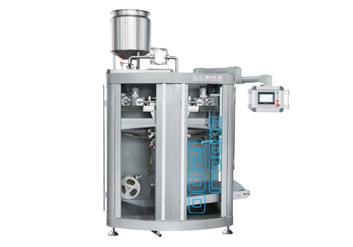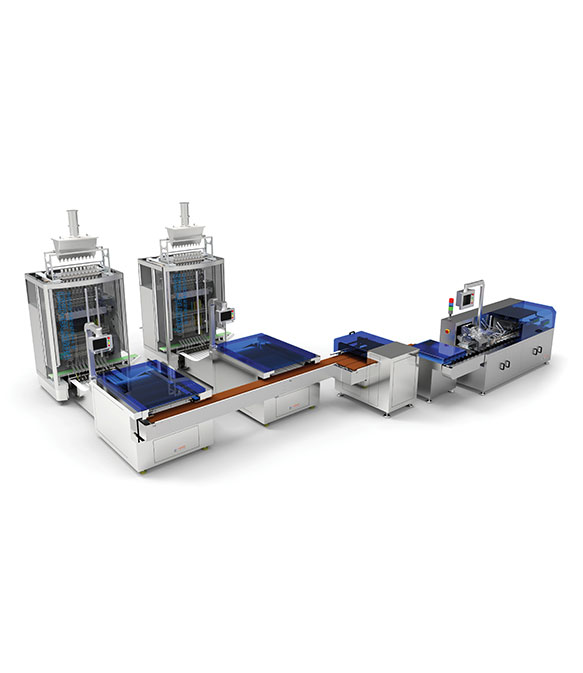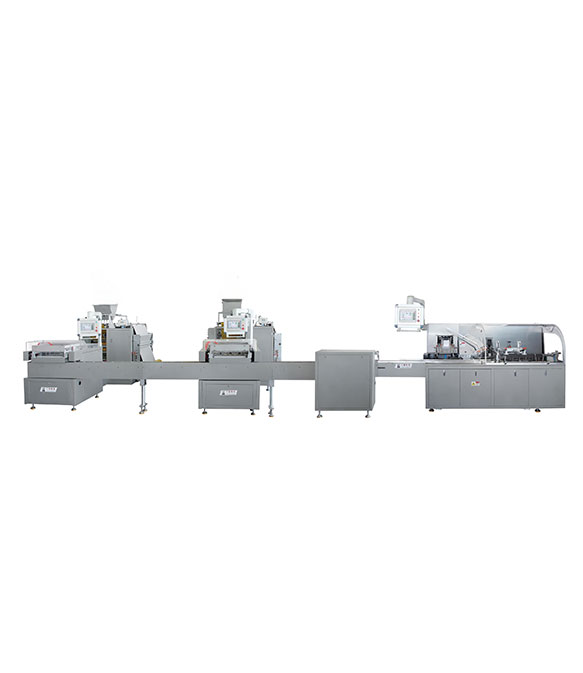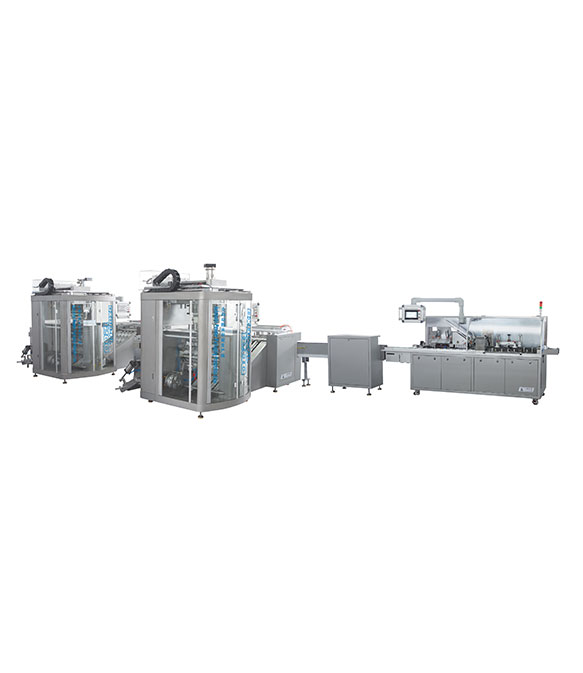The DXDO-K500E Multi-Line Granule Sealing Machine is a sophisticated piece of equipment designed to efficiently seal granule products. To ensure its proper operation and longevity, please follow the guidelines below:
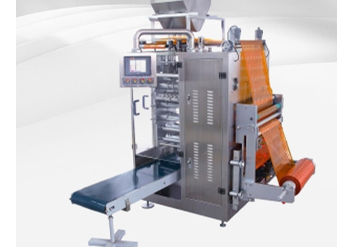
I. Pre-Operation Setup
1. Machine Placement and Installation
Select a stable, flat, and clean work surface for the machine. Ensure that there is sufficient space around it for easy access and operation. The area should also be well-ventilated to dissipate any heat generated during operation.
Follow the manufacturer's instructions carefully for the installation of the machine. Check that all components are properly assembled and tightened. Connect the power supply according to the specified voltage and frequency requirements, and make sure the grounding is secure.
2. Material and Tool Preparation
Gather the granule products to be sealed. Ensure that the granules are clean, dry, and free from any foreign particles or debris that could affect the sealing process.
Prepare the appropriate packaging materials, such as heat-sealable films or pouches. Check the quality and integrity of the packaging materials to ensure they are suitable for the machine and the product.
Have on hand any necessary tools, such as scissors or tweezers, for minor adjustments or handling of the packaging materials.
II. Machine Operation Steps
1. Power On and Initialization
Turn on the power switch of the DXDO-K500E machine. The control panel will light up, and the machine will undergo a self-checking process. Wait for the machine to complete the initialization and display a ready signal.
2. Parameter Setting
Use the control panel to set the relevant parameters according to the characteristics of the granule product and the packaging requirements. Parameters may include sealing temperature, sealing time, conveyor speed, and the number of sealing lines.
For example, if the granules are heat-sensitive, set a relatively lower sealing temperature to avoid overheating and damaging the product. Adjust the sealing time and conveyor speed based on the size and shape of the packaging and the desired production rate. The number of sealing lines can be set depending on the design of the packaging and the need for additional security or compartmentalization.
3. Packaging Material Loading
Load the heat-sealable packaging material onto the machine's feeding mechanism. Ensure that the material is properly aligned and tensioned. The machine may have guides or rollers to assist with the correct placement of the material.
Check that the packaging material feeds smoothly and without any wrinkles or folds. Any irregularities in the material feed can lead to improper sealing.
4. Product Feeding
Place the granule products onto the conveyor belt or the designated feeding area of the machine. Make sure the granules are evenly distributed and not overloaded. Overloading can cause jams or incomplete sealing.
The machine may have adjustable guides or dividers to help control the flow and positioning of the granules.
5. Sealing Process Initiation
Once the product and packaging material are properly loaded and the parameters are set, start the sealing process by pressing the appropriate start button on the control panel. The machine will activate the heating elements and the conveyor system.
Observe the sealing process closely. The machine will apply heat and pressure to the packaging material to create a secure seal. Ensure that the seals are consistent and of high quality. If any issues are detected, such as weak seals or misaligned seals, stop the machine immediately and make the necessary adjustments.
III. Post-Operation Maintenance
1. Machine Cleaning
After each use, turn off the power and allow the machine to cool down. Remove any remaining granule products and packaging material debris from the machine's surface, conveyor belt, and sealing area.
Use a soft brush or cloth to clean the machine gently. Avoid using harsh chemicals or abrasive materials that could damage the machine's components. For stubborn residue, a mild detergent solution can be used, followed by thorough rinsing and drying.
2. Component Inspection
Regularly inspect the machine's components, such as the heating elements, conveyor belt, sealing rollers, and sensors. Check for signs of wear, damage, or misalignment. If any problems are found, replace or repair the components as soon as possible.
Lubricate the moving parts of the machine, such as bearings and gears, according to the manufacturer's recommendations. This helps to reduce friction and prolong the life of the machine.
3. Storage
When the machine is not in use for an extended period, store it in a clean, dry, and protected environment. Cover the machine to prevent dust accumulation. Disconnect the power supply to avoid any potential electrical hazards.
By following these usage and maintenance guidelines, you can ensure the efficient and reliable operation of the DXDO-K500E Multi-Line Granule Sealing Machine, maximizing its performance and lifespan.




